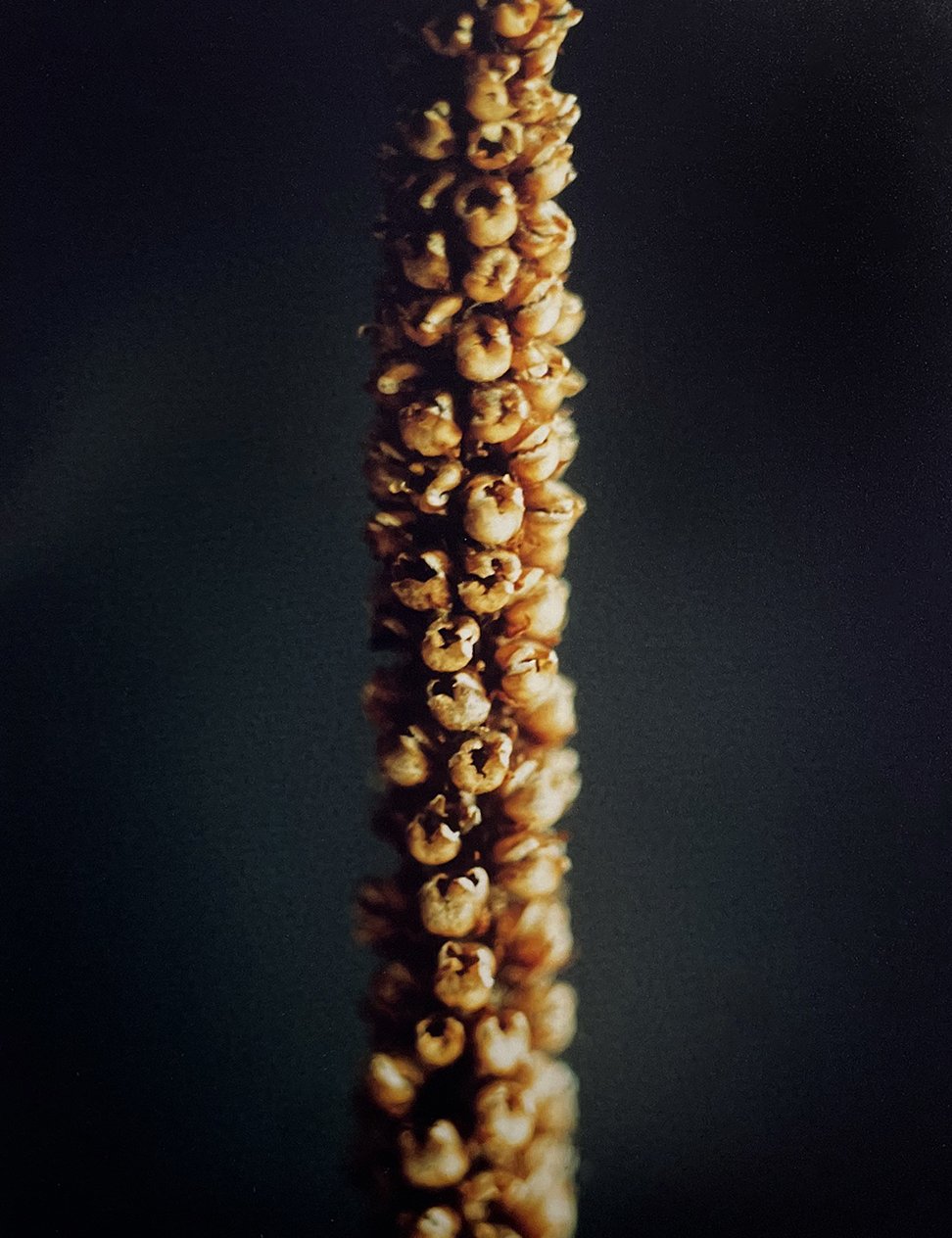WHAT MY BOOK IS ABOUT
I’ve written a lot about the work I’m doing now. In fact, every essay (on this blog) has some connection to my work, either directly or indirectly. I’m incredibly fortunate to have the time and solitude to do the work, both writing and making photographs. I don’t have to think about anything else. I’ll write more about this later in the essay, but I wanted to share what my book is about. This is just a high-level, simple view of the content.
I’ve been studying and researching the theories of Ernest Becker for several years. His ground-breaking ideas about what drives human behavior got me deeply interested in death anxiety and terror management theory. The crux of my book is about the events of the 19th century and what the colonizers did to the indigenous people here. It’s not really about what they did, but why they did it. The acts of genocide and ethnocide and the psychology of “othering” have preoccupied my interests for decades. I’ve visited the death camps in Europe, and I’ve studied about slavery and atrocities throughout history, from Pol Pot to Darfur and Rawanda. I’ve always wondered why these things happened and where evil came from. I explain what Ernest Becker’s thoughts were and why I agree with them.
This is what my book is about. I unpack these theories in the context of what happened to the Tabegucahe Ute people, the Nuuchui people—the People of the Sun Mountain. I use my photographs to subtly speak to how they lived, the symbols they used, and the land they managed for time immemorial. I also tell my personal story about how a creative life has always been a priority. I explain how these theories have affected me and how this very project is an act to buffer my own existential terror.
They say “Hindsight is 20/20.” It’s true. When we look back at situations, we can see them clearly, unlike at the time they were happening. When I look back at how I spent my time, I realize that most people are preoccupied with making money and paying bills. I know I was, at least for the most part. I can say that I was aware of what was going on, but I couldn’t do much about it. So I made the best of it. I spent 20 years working as a photographer for the American Federal Government and six years serving in the United States Army, three of those years as a photographer.
“The mission of every man is to fulfill the lie he incarnates, to succeed in being no more than an exhausted illusion.”
Our culture is set up as a psychological coping mechanism. In other words, it’s designed to keep you busy and only allow a small amount of “down time” or “thinking time.” Some people get no “down time” or “thinking time.” Their days are full from sunup to sundown. Busy, busy, busy. That’s our motto. It means you’re “doing something.” And “doing something” is preferred over not doing something. Why is that? Well, if you weren’t “doing something,” you would have time to think. Thinking can be dangerous for people. Thinking leads to awareness, or even an awakening. If you are aware or awake, you can see the world for what it is or, more importantly, for what it isn’t. And with that awareness, or awakening, you discover your place in life. You discover the reality of life—what’s important and what’s not. The things I thought were important 20 years ago are meaningless to me today. Some might call that wisdom, but I’m not sure that it’s wisdom. I think there’s a large part of it that is revealed to you as you step away from the cultural constructs. Think about how many Americans are going to wave flags, watch parades and fireworks, eat hot dogs and hamburgers, and drink beer next week. They will do it almost as a reflex, as a “we’re supposed to do this” kind of thing. It’s a cultural construct that millions of Americans lean on to bolster their self-esteem. It buffers death anxiety. This is what Becker lays out so clearly in The Denial of Death. This is what his theories are based on. Understanding the cultural constructs in which we live and the reasoning behind them—once you understand these theories, you can not only live a more full life, rich in awe, gratitude, and humility—awe, humility, and gratitude effectively mitigate death anxiety—but a more authentic life.
Bottom line: You can reduce the anxiety and the neurosis that accompany the existential dread that we all face. I’m addressing these ideas in my book. I’m also showing how a creative life deals with death anxiety and what it means to create.
IN THE SHADOW OF SUN MOUNTAIN: THE PSYCHOLOGY OF OTHERING AND THE ORIGINS OF EVIL
My book has two main goals. Firstly, it aims to shed light on the significant impact of theories concerning the fear of mortality on human behavior. Effectively illustrating how a particular historical event serves as an illustration of death anxiety and terror management theory achieves this. The central focus of this work is the genocide and ethnocide of the Tabeguache Ute Native American tribe, who once flourished on the land I currently reside on in the Rocky Mountains of Colorado. By examining these psychological frameworks, the underlying causes and inevitability of such atrocities become apparent. Secondly, this book seeks to outline how my own creative pursuits have reflected these theories.
I’ve written a biography of my creative life. In that, I’ve included events in my life that served as death reminders and how I became aware of my own mortality at eight years old. I’ve included how these questions have been a central theme in my photographic work for over 30 years. As I’ve written this out, I've connected the dots about how I’ve mitigated my own death anxiety using art.




